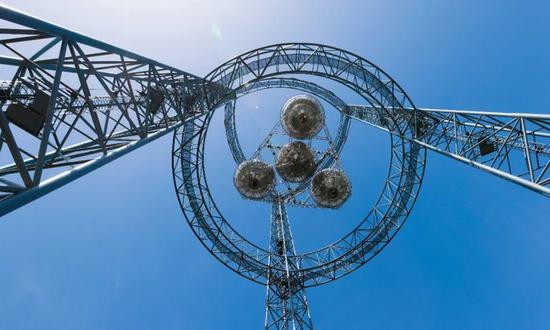
The ground recipient verification system of China's space-based solar power station. (Photo/Weibo account of the Xidian University)
China's building of its space-based solar power station (SSPS) has achieved a new milestone, as a research team with Xidian University announced recently that the ground recipient verification system has passed examination, proving breakthroughs in key technology.
The ground verification system of the program codenamed Zhuri, or chasing the sun, which according to the Xi'an-based university, is the world's first of its kind for a full-chain, full-system SSPS, successfully passed examinations on June 5, making breakthroughs in multiple key technologies including high-efficiency light concentrating and photoelectric conversion, microwave conversion, microwave emission and waveform optimization, microwave beam pointing measurement and control, microwave reception and rectification, and smart mechanical structure design.
An expert panel led by Chinese Academy of Sciences (CAS) academician Wu Yirong attended the on-site review on June 5 and they commented that such outcome denotes a world-leading advancement and it lays the ground for China's development of next-generation microwave power wireless transmission technology and space-based solar power plant technology. These new technologies present broad application prospects, according to a comment released by the university in on Tuesday.
The ground verification system is located in the southern campus of Xidian University. The supportive tower of the system is a 75 meter-high steel structure, and has five subsystems: Omega concentration and light-electricity conversion, power transmission and management, and a receiving antenna.
The working principle is to first determine the angle that the condenser needs to be tilted toward according to the position of the sun. After receiving the sunlight reflected by the condenser, the photovoltaic cell array located in the center of the condenser converts it into direct current electricity. Then, through the power management module, the electric power is converted by the four concentrating systems and channeled toward the intermediate transmitting antenna.
The electric energy is further converted into microwaves and transmitted to the receiving antenna in the form of wireless transmissions, before the receiving antenna converts the microwave rectification into direct current again, which is supplied to the load.
China's research and development of its own space-based power station accelerated since a proposal obtained state approval in 2013 and more than 130 Chinese experts organized by 16 state departments and agencies including the Ministry of Industry and Information Technology, National Development and Reform Commission and the Ministry of Science and Technology, spent a year conducting a feasibility study in 2014.
Around the same period, Duan Baoyan, a member of the Chinese Academy of Engineering, and his research team with Xidian University rolled out a design for the OMEGA space-based solar power station, which compared to the US ALPHA plan, is easier to control and has less pressure over heat dissipation and 24 percent more efficient in terms of power-to-mass ratio (electricity generated by the unit mass of the space system).
For example, the UK envisioned that it could have a demonstrator in orbit by 2035, as more than 50 British organizations, including heavyweights such as aerospace manufacturer Airbus, Cambridge University and satellite maker SSTL, joined the UK Space Energy Initiative launched in 2021, which "has established a 12-year development plan that could see a demonstrator power plant, assembled by robots in orbit, beam gigawatts of power from space to Earth as early as 2035," according the initiative's chairman Martin Soltau on April 27.
Offsetting the challenges of the use of solar power on Earth's ground such as rainy and cloudy weather, and the day and night change, building a solar power station in space, to be exact, in the Geosynchronous orbit, could provide power efficiency 35 times better than that of photovoltaic power stations on Earth, Pang Zhihao, a senior space expert based in Beijing, told the Global Times on Thursday.
The application prospects could be enormously broad, according to Pang. "For instance, during the Spring Festival travel rush, many can power their electronic vehicles anywhere and anytime without being worried that they cannot find charging stations on the road."
China could build an experimental space solar power station by 2030, and construct a commercially viable space power station by 2050, the China News Weekly reported in 2021, citing a roadmap approved in 2014.
And in a latest update, the China Academy of Space Technology (CAST), the country's main state-owned spacecraft maker, plans to conduct a "Space high voltage transfer and wireless power transmission experiment" in low Earth orbit in 2028.
The satellite will be capable of generating 10 kilowatts and carry a solar cell array, microwave transmitting antenna, a low power laser transmission payload, a transmitting array and test power transmission across distances of 400 kilometers from orbit.
The update to CAST's plans appears in the paper "Retro-directive microwave power beam steering technology of space solar power station," published in the journal China Space Science and Technology on June 2.














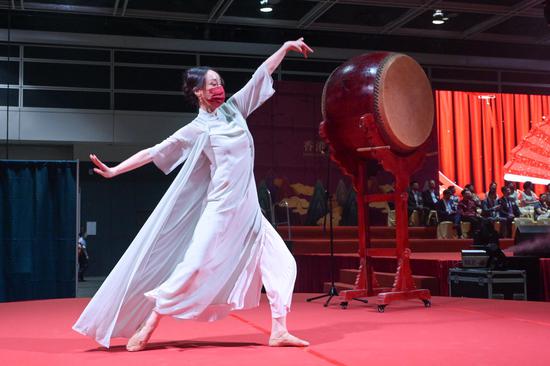
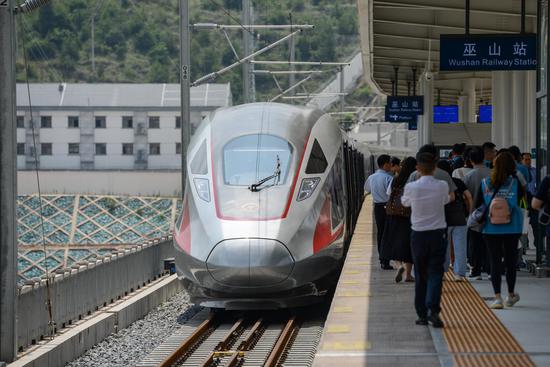
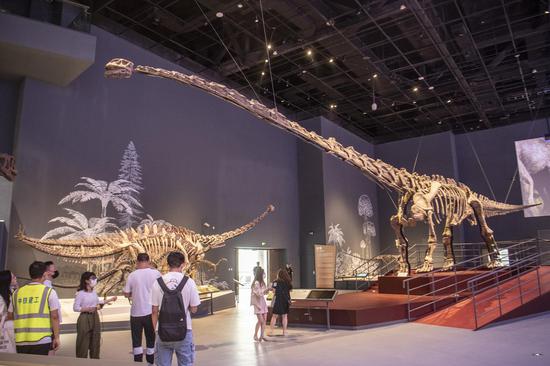











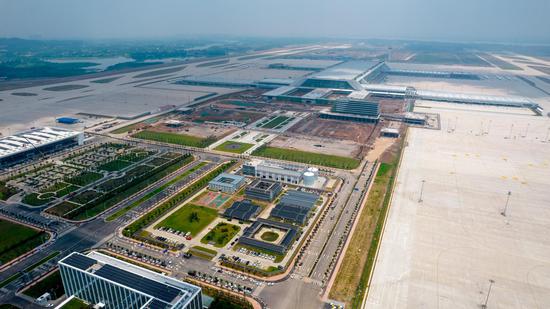














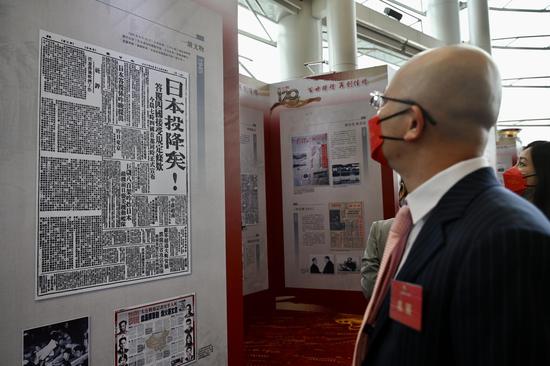


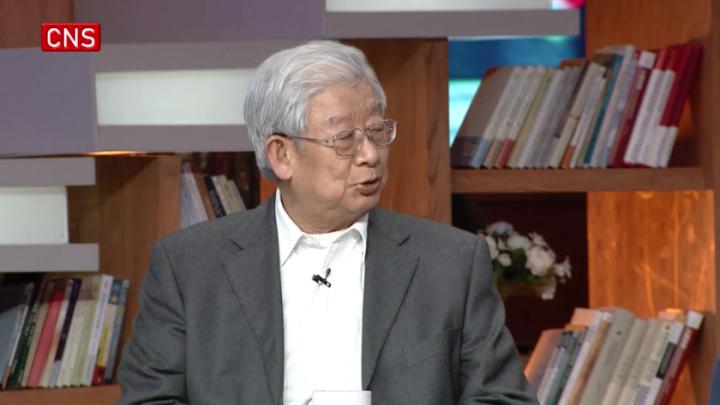



 京公网安备 11010202009201号
京公网安备 11010202009201号